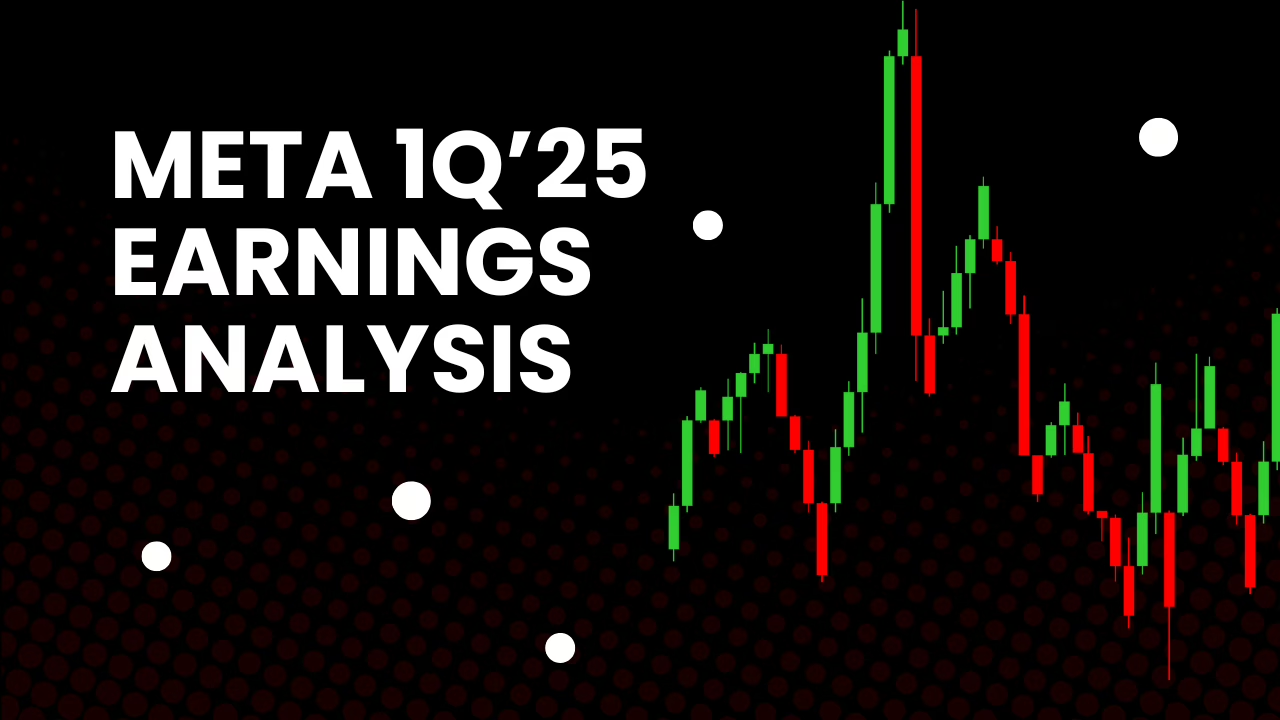The iron condor is a popular and defined-risk, limited-profit options strategy designed for investors who expect minimal price movement in an underlying asset between the time the strategy is implemented and its expiration. It’s a neutral strategy that profits most when the underlying asset price settles within a specific range at expiration.
Core Concept:
An iron condor is constructed by combining four options contracts with the same expiration date but four different strike prices, all equidistant from each other. It involves:
- Selling one out-of-the-money (OTM) call option with a higher strike price. This generates premium income and defines the upper profit boundary.
- Selling one out-of-the-money (OTM) put option with a lower strike price. This also generates premium income and defines the lower profit boundary.
- Buying one out-of-the-money (OTM) call option with a strike price even higher than the short call. This acts as the upper protection, limiting potential losses if the price rises significantly.
- Buying one out-of-the-money (OTM) put option with a strike price even lower than the short put. This acts as the lower protection, limiting potential losses if the price falls significantly.
The four strike prices are ordered from lowest to highest. The two middle strikes (the short put and the short call) define the range within which the strategy is most profitable. The two outer strikes (the long put and the long call) define the maximum potential loss.
Construction Example:
Suppose the underlying asset is trading at $50. A typical iron condor might be constructed with the following options, all with the same expiration date and a $5 width between each strike:
- Buy 1 Put Option with a $40 strike price.
- Sell 1 Put Option with a $45 strike price.
- Sell 1 Call Option with a $55 strike price.
- Buy 1 Call Option with a $60 strike price.
Net Credit:
Establishing an iron condor typically results in a net credit, meaning the premiums received from selling the two middle options (the short put and the short call) are greater than the premiums paid for buying the two outer options (the long put and the long call). This net credit represents the maximum potential profit of the strategy (excluding brokerage commissions).
Profit and Loss Profile:
The profit and loss diagram of an iron condor resembles a flattened “tent” or a plateau between two downward sloping lines.
-
Maximum Potential Profit: The net credit received when establishing the spread. This profit is realized if the price of the underlying asset expires between the two middle strike prices ($45 and $55 in our example). At this point, all options expire worthless (the long OTM options) or with no intrinsic value (the short OTM options).
-
Maximum Potential Loss: Limited and occurs if the price of the underlying asset moves significantly away from the central range at expiration, landing at or beyond either of the two outer strike prices ($40 on the downside or $60 on the upside). The maximum loss is calculated as the difference between the width of the spread on either the put side ($45 – $40 = $5) or the call side ($60 – $55 = $5), minus the initial net credit.
-
Breakeven Points: There are typically two breakeven points for an iron condor, one above the higher short call strike and one below the lower short put strike. These points are calculated by adding the net credit to the higher short call strike and subtracting the net credit from the lower short put strike. In our example, if the net credit was $2, the lower breakeven would be $45 – $2 = $43, and the upper breakeven would be $55 + $2 = $57. The position becomes profitable if the price stays between these points at expiration.
Why Use an Iron Condor?
- Expectation of Low Volatility/Minimal Price Movement: This strategy is ideal when an investor believes the underlying asset’s price will remain within a specific range until expiration.
- Higher Probability of Profit: Due to the defined profit range between the two middle strike prices, iron condors can have a relatively high probability of being profitable if the price stays within that range.
- Defined Risk and Reward: Both the maximum potential profit and the maximum potential loss are known at the time the trade is entered.
- Generates Income: The net credit received upfront provides income to the investor.
Key Considerations:
- Time Decay (Theta): Time decay works in favor of the iron condor. As the expiration date approaches, the time value of all the options decays, benefiting the short options more than it hurts the long options (assuming the price stays within the profitable range).
- Volatility (Vega): A decrease in implied volatility after the spread is established is generally beneficial for an iron condor, as it reduces the value of both the short and long options, with the short options typically having a greater impact. Conversely, an increase in implied volatility can be detrimental.
- Limited Profit Potential: The maximum profit is capped at the initial net credit. Investors forgo the potential for larger profits if the underlying asset makes a significant move.
- Risk of Early Assignment: There is a risk of early assignment on the short put if the price falls significantly below its strike and on the short call if the price rises significantly above its strike, especially close to expiration or if there are dividends involved.
Managing an Iron Condor:
- Monitoring Price Movement: Closely tracking the underlying asset’s price relative to the strike prices is crucial.
- Taking Profits Early: If the price is comfortably within the profit range with significant time remaining, you might consider closing the position early to realize a portion of the maximum potential profit.
- Rolling the Spread: If the price starts to approach one of the breakeven points as expiration nears, you might consider “rolling” the spread by closing the existing positions and opening new ones with different strike prices or expiration dates to adjust to the changing market conditions.
- Repair Strategies: If the price moves outside the profitable range but there’s still time until expiration, various “repair” strategies can be employed to try and bring the trade back into profitability.
In Conclusion:
The iron condor is a popular and versatile neutral options strategy for traders who have a strong conviction that an underlying asset’s price will exhibit limited movement. It offers a defined risk and a limited, but often attainable, profit potential. The key to success lies in accurately predicting the price range and managing the position effectively as expiration approaches. Understanding the impact of time decay and volatility is also crucial for optimizing the outcome of an iron condor trade.




